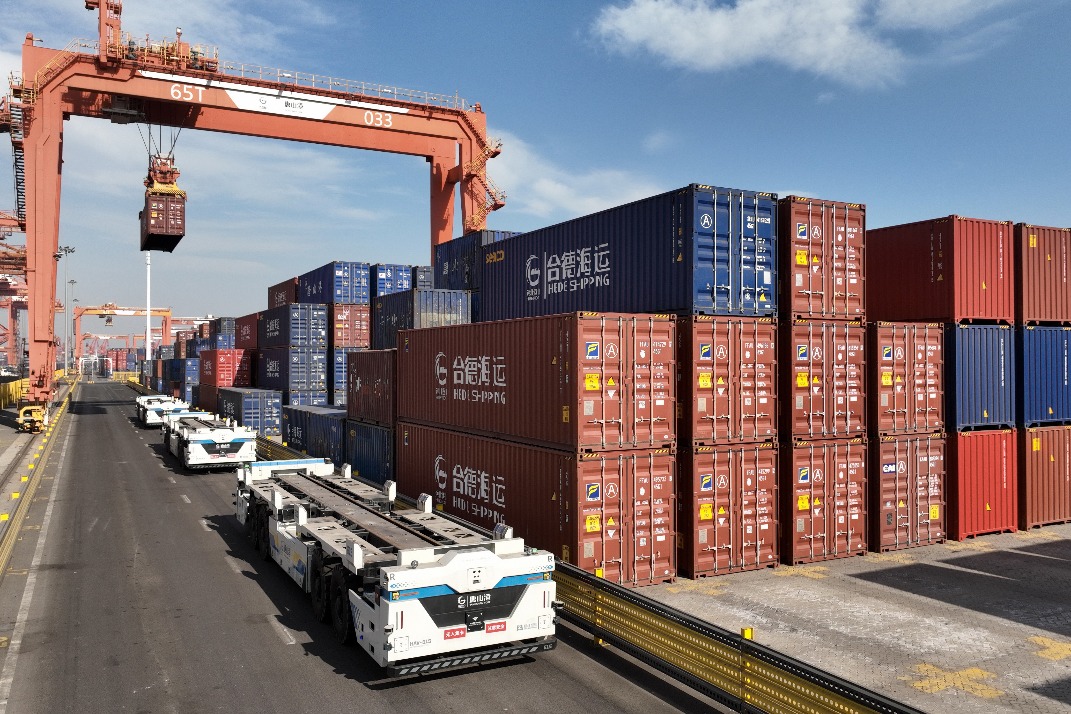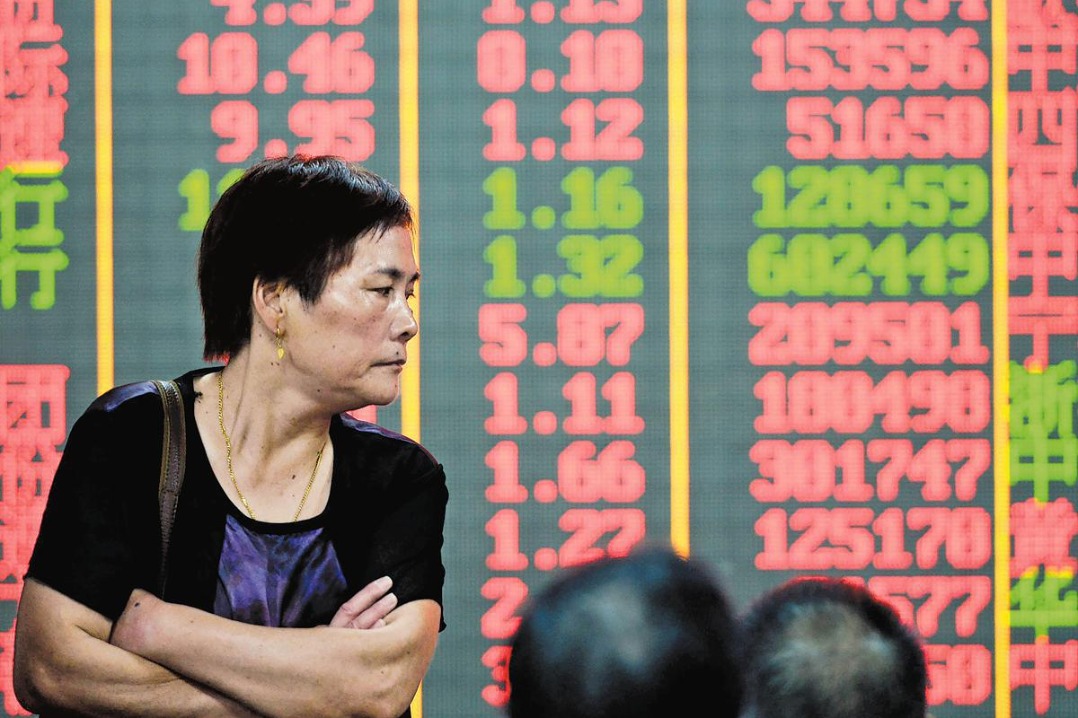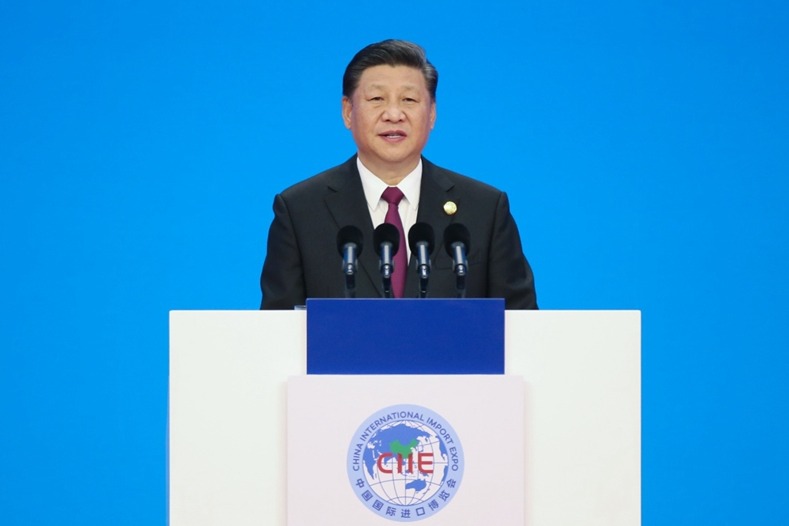Forecast-beating PMI data upgrades economic outlook
Xinhua | Updated: 2017-06-30 17:24
BEIJING - A leading indicator of China's manufacturing activity on Friday pointed to solid growth in the world's second largest economy, surprising the market.
The country's manufacturing purchasing managers' index (PMI) rose from 51.2 the previous month to 51.7 in June, the second highest reading of the year, according to data released by the National Bureau of Statistics (NBS).
This was the 11th-straight month of expansion, and beat market consensus of 51.
A reading above 50 indicates expansion, while a reading below reflects contraction.
According to Chen Zhongtao, an analyst with China Logistics Information Center, Friday's data was a rare instance of manufacturing expansion quickening in June.
Since 2005, June's manufacturing PMI had only picked up twice, Chen said.
"The surprising rise in PMI showed resilience in the Chinese economy in the context of tightened financial regulation," said Zhang Yiping, an analyst with China Merchants Securities in a research note.
"The strength was a result of both the positive impact of China's supply-side structural reform, and strong exports and imports under the backdrop of global financial coordination," Zhang said.
Sub-indices for production and new orders came in at 54.4 and 53.1, respectively, up from 53.4 and 52.3 the previous month, indicating accelerated growth in both supply and demand.
Notably, indices for production and new orders in the ferrous metal smelting and rolling processing industry jumped significantly in June, suggesting improved supply-demand structure thanks to deepened reforms, said NBS senior statistician Zhao Qinghe.
Both domestic and external demand recovered, with the sub-indices for imports and new export orders standing at 51.2 and 52 respectively, well above 50 and 50.7 in May.
Equipment manufacturing and high-tech manufacturing continued robust growth, with the sub-indices coming in at 53 and 53.6 respectively, suggesting improved industrial structure.
With the sub-indices showing strength in the manufacturing sector, analysts are getting more bullish on the overall economic outlook.
According to Zhang, since China uses the production approach to calculate the growth in gross domestic product (GDP), the PMI sub-index for production could be a good indicator for the upcoming release of second quarter GDP results in July.
In the first quarter, China's GDP expanded 6.9 percent year on year, well above the target of around 6.5 percent for 2017.
"The average sub-index for production in the second quarter was actually even higher than the first quarter, so it is quite possible that the GDP growth could reach 6.8 percent, rather than the market consensus of 6.7 percent," Zhang said.
While the overall picture remains positive, some traditional industries including oil processing and coking as well as the nonmetal mineral products industry still face downward pressure, according to Zhao.
Over 40 percent of surveyed companies reported tight liquidity for the fourth-consecutive month, indicating that financial services should do more to support the real economy, Zhao said.
Also, the gap between supply and demand, especially in industries with high-energy consumption and overcapacity, has widened visibly, a trend that is not conducive to the country's efforts in cutting excess inventories and capacity, said Chen.
Friday's data also showed that China's non-manufacturing PMI came in at 54.9 in June, up from 54.5 in May, adding to signs of a stabilizing Chinese economy.
























